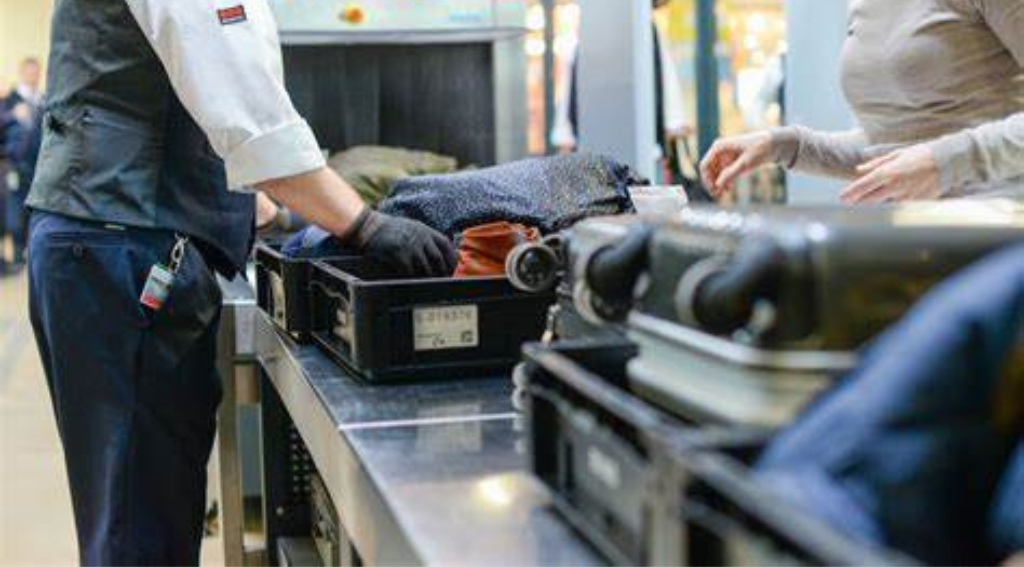Transforming Airport Security with AI Technology

Micro-X, an Australian company located near Seattle’s airport, is pioneering an AI-powered security screening system that could revolutionize airport checkpoints, making them faster and less stressful for passengers. By using cutting-edge technology, Micro-X aims to transform airport security checkpoints into self-checkout lanes similar to those found in supermarkets.
Revolutionizing airport checkpoints
While this innovative system promises significant advantages, it also raises concerns about its potential high cost, especially in an environment where the Transportation Security Administration (TSA) faces criticism for various shortcomings, including costly operations.
Innovative self-screening process
Micro-X’s vision involves creating an efficient and passenger-friendly security screening process. After travellers’ IDs are verified, they enter an area with booths designed for two adults. Inside, a small CT scanner, significantly smaller than conventional models, scans passengers’ belongings using X-rays. The scanner generates 3-D images, which are then analysed by machine-learning algorithms to detect prohibited items automatically. Meanwhile, a camera system and an electromagnetic body scanner assess passengers, ensuring they have removed any items from their pockets and are not concealing anything.
TSA officers would only intervene if the system detects suspicious items or if a traveller requires assistance.
Efficiency and potential savings
Micro-X’s solution aims to enhance efficiency and reduce the need for TSA officers. The company claims that passengers can complete the screening process in an average of 60 seconds, with some individuals taking as little as 30 seconds. This design incorporates eight screening booths within the space occupied by a single conventional lane, allowing for a continuous flow of passengers.
The goal is to have fewer TSA officers per lane, reducing staffing requirements and enabling officers to assist passengers instead of conducting time-consuming body searches and bag searches. Officers could then remotely examine flagged images from the detection algorithms, enhancing efficiency further.
Challenges and future prospects
While Micro-X’s innovative approach has much to offer, it also faces challenges. The system’s cost is a significant concern, as it is estimated to be roughly twice that of the newest conventional security lanes. Micro-X aims to achieve competitive pricing on a per-passenger basis.
The accuracy of detection algorithms for identifying prohibited items in carry-on bags is crucial. While algorithms are already used with CT scanners for checked luggage, carry-on bags pose a more complex challenge. Items like guns and knives, in various orientations and configurations, must be detected accurately.
Eliminating checkpoints
The ultimate goal is to streamline the process, potentially eliminating checkpoints altogether and continuously scanning passengers while they walk. However, this goal may still be a few years away, with research ongoing to develop the necessary technology.
As Micro-X continues to innovate in airport security, it holds the potential to transform the passenger experience and address the evolving challenges of air travel in a post-pandemic world.
Related topics:
Expert’s insight into IoT and AI with professor Alexiei Dingli (aibc.world)
AIBC Forex: Meeting new investment challenges
Implementation strategy for the launch of a new start up (aibc.world)
AIBC Insight: Impact of fintech on Commercial Real Estate






